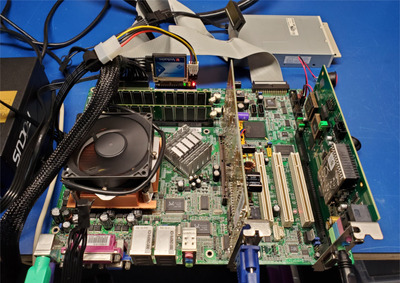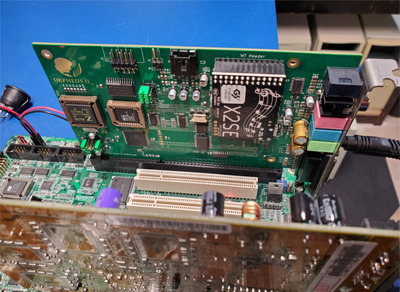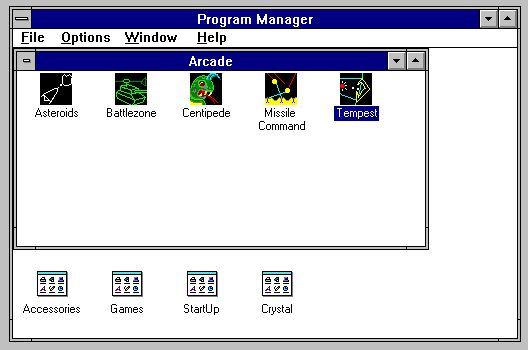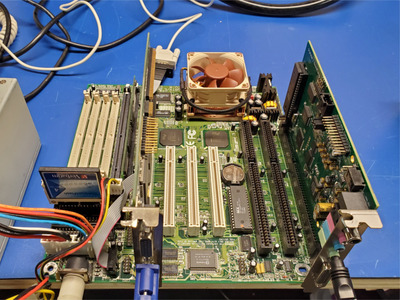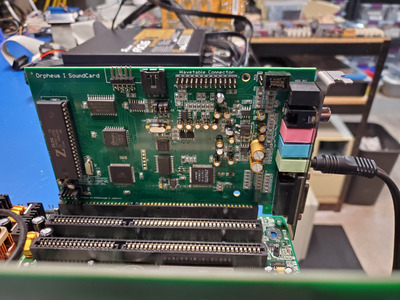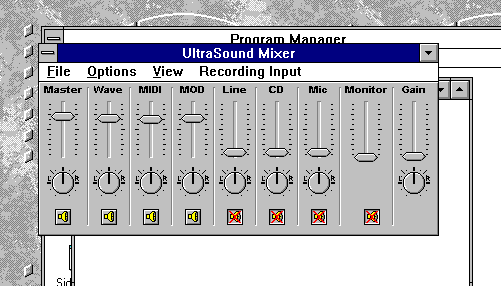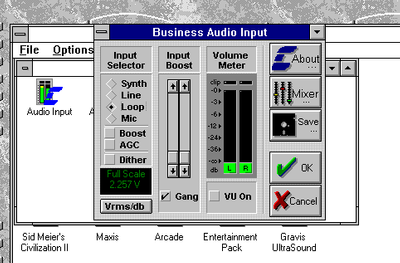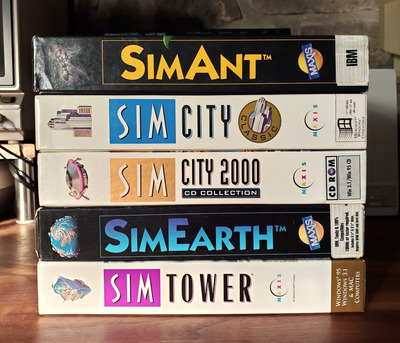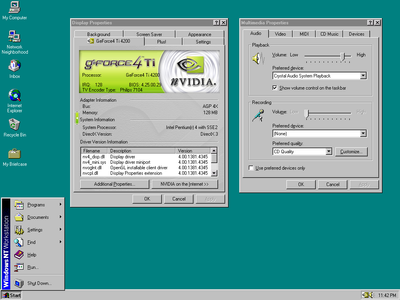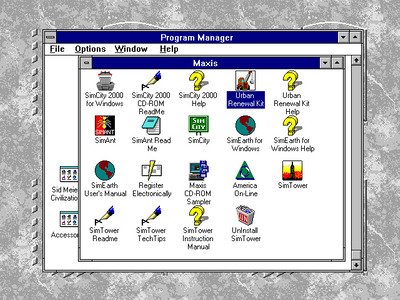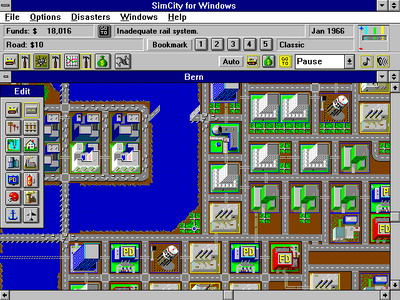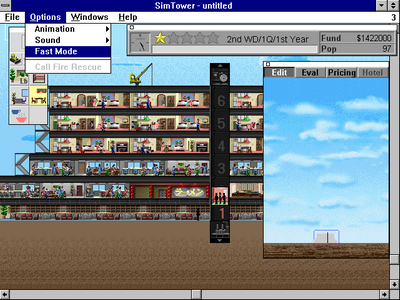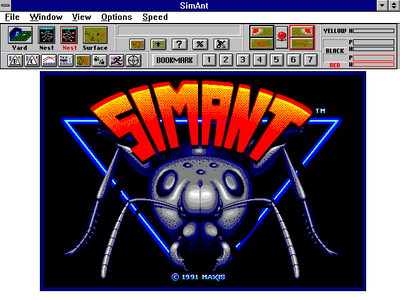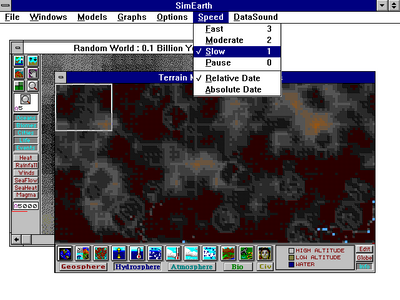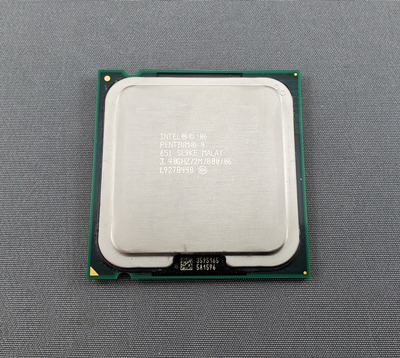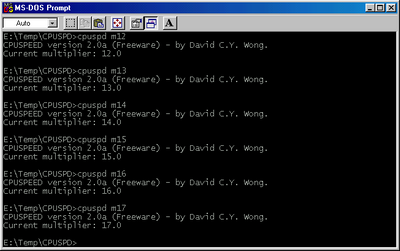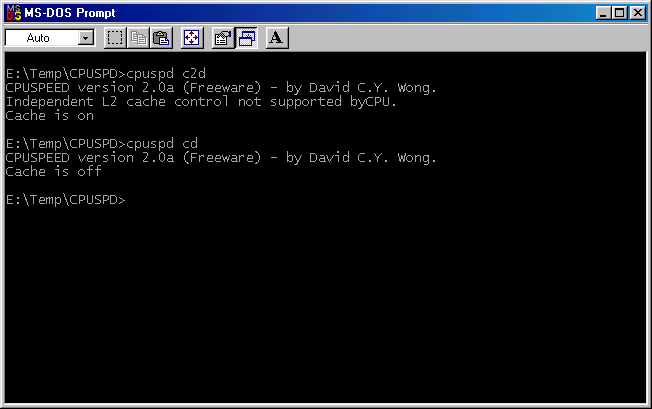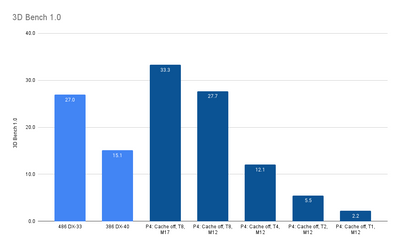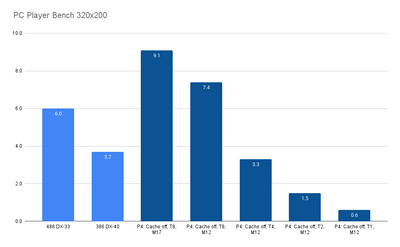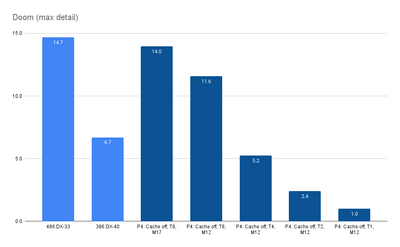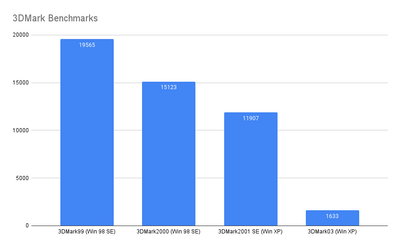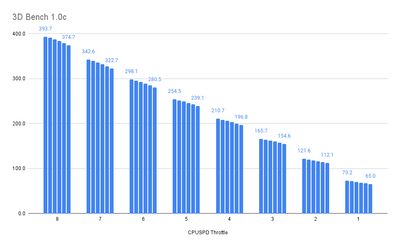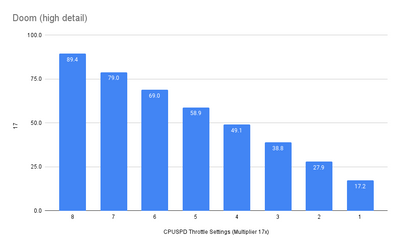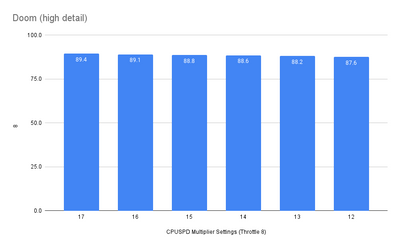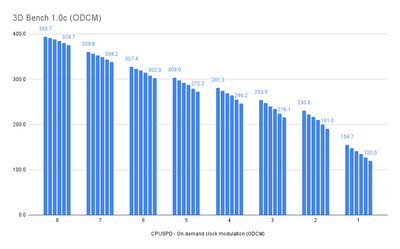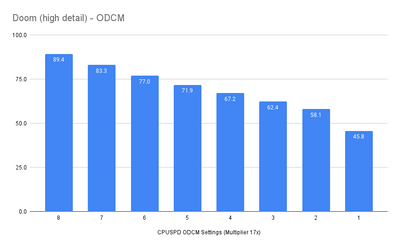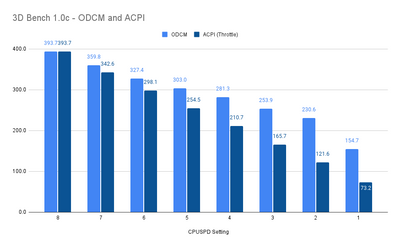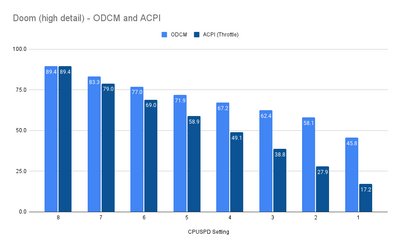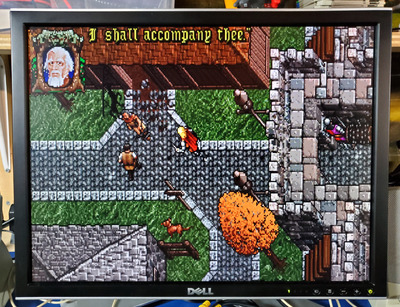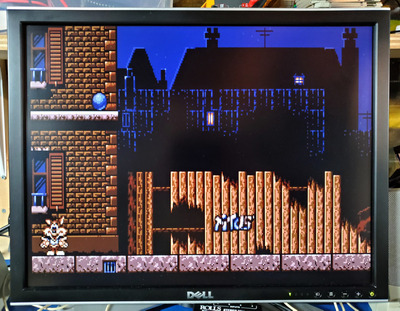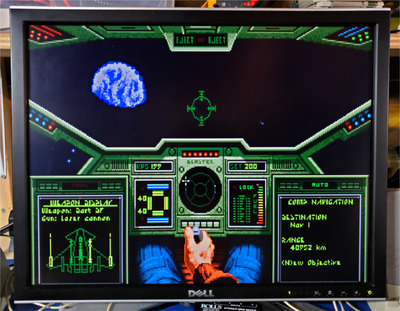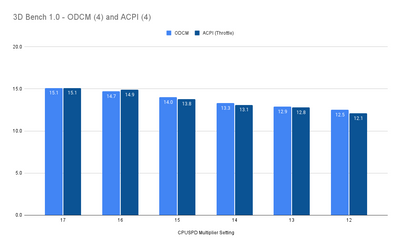Did some testing of some speed sensitive games including Ultima VII, Titus the Fox, and Wing Commander.
Ultima VII is notorious for re-enabling a disabled cache. However, I found that it doesn't seem to do that on this system when I disable both L1 & L2 cache with CPUSPD.
With both caches disabled and the multiplier set to 12x, it runs a bit faster than my 486 DX-33. I'd estimate it's performing similar to a 486 DX-40.
It is possible to run it closer to 486 DX-33 speeds by setting either ODCM or ACPI throttling to 7. However, I noticed this introduces some music slowdown during the earthquake (screen shake effect).
Another option might be to tweak the game with the Ultima VII frame limited patch, but I haven't tried that yet.
Speaking of the earthquake, I did run into a GPU compatibility issue regarding that effect. With a GeForce2 or GeForce 3, the effect works fine. However, with a GeForce4 or GeForceFX, the screen shake causes the game to freeze.
After some poking around, I found a TSR called QFIX: Re: Ultima VII Earthquake effect (screen shaking)
It replaces the vertical screen shaking with a horizontal screen shake. It was apparently designed so Ultima VII could run on Riva 128 cards. But it also works with the GeForce4 and FX cards I tested.
In testing Titus the Fox, music playback is wonky with no throttling. Disabling L1 & L2 cache fixed that problem and the game seemed to play and sound fine.
I compared it to my 486 DX-33 and couldn't hear any difference.
Finally, I tested Wing Commander.
I do have a confession: I've never actually played Wing Commander before. I don't have a good sense of how fast it should normally run, though the 386 DX-33 seems most recommended.
To compare in-game speeds, I tried it on my 486 DX-33 with turbo off (approximates a 386 DX-33) and also compared the speed to Phil's Wing Commander 386 DX-33 video.
With the Pentium 4, I could approximate the same speed by disabling L1 & L2 cache, setting either ODCM or ACPI throttling to 4 and then tweaking the multiplier. 14x or 15x seemed to give a good approximation of 386 DX-33 speeds.
Using ODCM or ACPI throttling did make the mouse move slower on a couple screens, but didn't seem to otherwise affect gameplay. I'll probably have to play it a lot more to confirm and especially see how it plays compared to my de-turbo'd 486.
I also did some 3D Bench scores with both ODCM and ACPI set to 4 and going through various multiplier settings.
